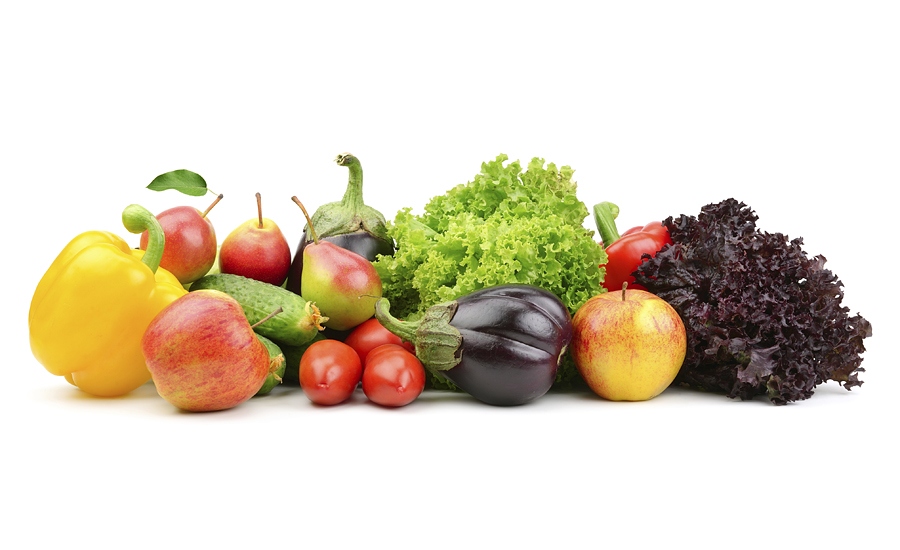The global food and beverage warehousing market is projected to grow to $247.21 billion by 2021, at a CAGR of more than 13% over the forecast period, according to the latest market study released by Technavio, London.
The report, “Global Food And Beverage (F&B) Warehousing Market 2017-2021,” provides an in-depth analysis of the market in terms of revenue and emerging market trends.
The global food and beverage warehousing market is primarily into the storage services of perishable and temperature-sensitive products. The rising demand to automate warehouses to enhance productivity, provide real-time control and increase cost effectiveness is acting as a key factor driving the growth of the global food and beverage warehousing market.
The Top 3 revenue-generating application segments in the global food and beverage warehousing market are as follows:
Meat, fish and seafood
“The meat, fish and seafood segment of the market is growing at a CAGR of more than 15%, and is expected to occupy more than 38% of the global market by 2021. The high demand for meat exports from countries in the Middle East is likely to contribute to the growth of this segment,” says Sharan Raj, a lead analyst for warehouse and storage research.
This segment is expected to grow steadily over the forecasted period, driven by rising meat, fish and seafood imports from countries in APAC such as China, Japan and India. In addition, meat, fish and seafood perish easily when exposed to changes in temperature, which necessitates the adoption of refrigerated warehousing services.
Dairy and frozen desserts
The global food and beverage warehousing market for dairy and frozen desserts segment is projected to be worth $46.62 billion by 2021. The market segment is expected to grow moderately over the forecast period, driven by a rise in demand for milk and milk products. Global milk consumption is likely to hit 160 million tons by 2021. Also, the growing demand for frozen dairy products is driving the growth of the market segment. The need for germ-free dairy products is acting as a key factor, creating additional revenue for refrigerated warehousing services.
Fruits and vegetables
“The fruits and vegetables segment of the food and beverage warehousing segment is projected to grow at a CAGR of almost 13% over the forecast period. The market is driven by the need to prevent the rot and decay of fruits and vegetables due to lack of circulation,” says Raj.
The fruits and vegetables market segment is likely to grow steadily during the forecast period, with a rise in demand for natural foods by health-conscious consumers. The rise in consumption of fruits and vegetables is likely to drive the fruits and beverage storage segment of the market.






